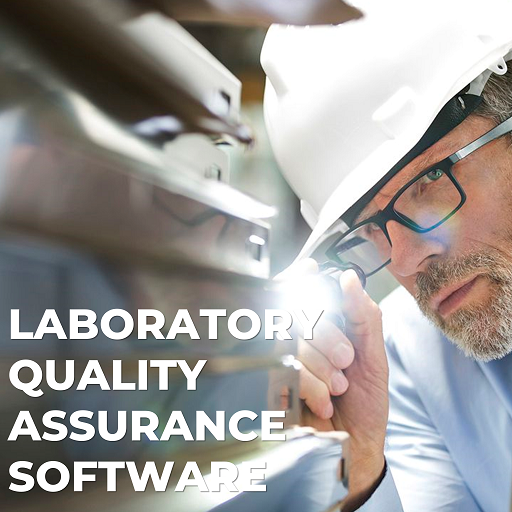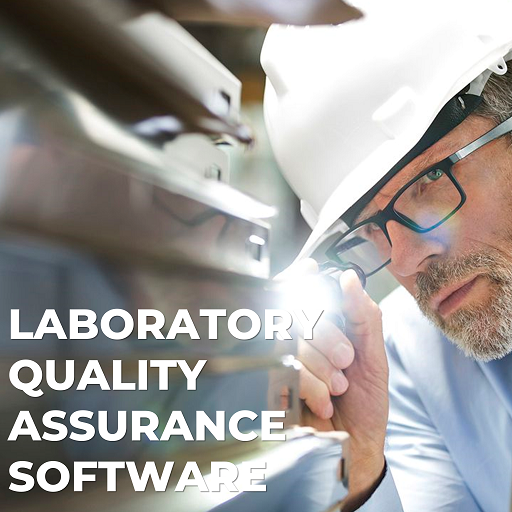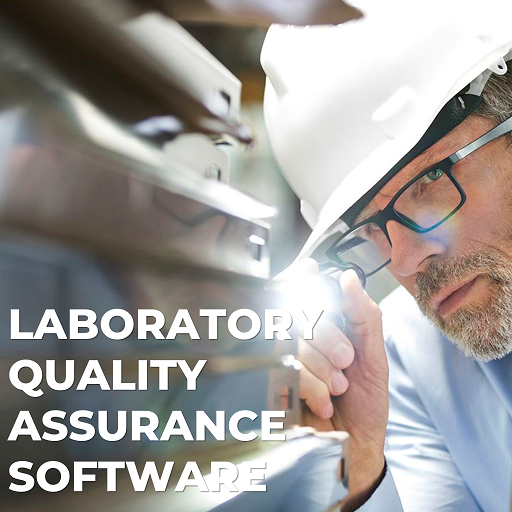How Quality Control Software Ensures Product Consistency Introduction In modern manufacturing, product consistency is non-negotiable. Customers expect every product to meet the same high standards, batch after batch. However, achieving uniform quality across multiple production lines or facilities can be challenging. That’s where Quality Control Software comes in. It digitizes inspection processes, tracks performance metrics,…
How Quality Control Software Boosts Customer Satisfaction Introduction In the competitive world of manufacturing and production, product quality directly impacts brand reputation and customer loyalty. That’s where Quality Control Software plays a vital role. By automating inspection processes, managing nonconformities, and tracking real-time performance, Quality Control Software ensures that only the highest-quality products reach customers.…
Improve Compliance with Digital QA Tools Modern businesses demand accuracy, speed, and consistency in quality processes. Quality assurance compliance software helps organizations meet these expectations by digitizing workflows, reducing errors, and ensuring every requirement is met efficiently. Standardized Processes Across All Teams Manual QA systems often lead to inconsistent inspections, missing documentation, and slow approvals.…
How QA Software Streamlines Inspection and Reporting Introduction Today’s organizations require speed, accuracy, and consistency in quality control activities. Manual inspection sheets, scattered reports, and inconsistent documentation often lead to delays, errors, and non-compliance issues. QA software helps streamline inspection workflows, centralize data, and automate reporting. By using QA software, companies improve standardization, reduce manual…
How QA Software Enhances Audit Readiness and Traceability Ensuring seamless documentation and process transparency remains a critical priority for organizations preparing for audits. Here, audit traceability software plays a major role. When companies depend on manual methods or disjointed systems, they often struggle with missing data, inconsistent records, and slow responses during inspections. However, with…
How Laboratory Software Simplifies Sample Tracking and Reporting Introduction In today’s fast-paced testing environments, laboratories handle hundreds of samples daily — from collection to analysis and reporting. Managing these manually can lead to misplaced samples, reporting delays, and compliance risks. That’s where Laboratory Software comes in. It streamlines sample tracking and reporting, ensuring accuracy, traceability,…
How Laboratory Management Software Improves Accuracy and Productivity Introduction In today’s fast-evolving scientific and industrial environments, accuracy and productivity define laboratory success. That’s where Laboratory Management Software (LMS) comes in. By automating data entry, managing workflows, and integrating instruments, it minimizes errors and accelerates operations. From research labs to manufacturing quality control units, organizations are…
How Laboratory Management Software Enhances Data Integrity Introduction In today’s digital era, laboratory management software plays a vital role in maintaining accuracy, transparency, and trust in laboratory operations. Whether it’s research, testing, or quality assurance, data integrity remains the backbone of reliable results. Laboratory management software ensures that every piece of data right from sample…
How Laboratory Information Management Software Enhances Traceability Introduction In modern labs, maintaining traceability across samples, processes, and results is essential. A laboratory information management software (LIMS) provides the digital backbone to achieve this. Unlike spreadsheets or manual records, LIMS connects every step — from sample registration to reporting — ensuring complete visibility. Whether in pharmaceuticals,…
Future of Laboratory Software: Automation, Cloud, and AI Introduction The future of laboratory software is being shaped by three major forces — automation, cloud technology, and artificial intelligence (AI). As laboratories handle larger datasets, faster testing cycles, and stricter compliance norms, these technologies are redefining how labs operate. With automation reducing manual effort, cloud platforms…









